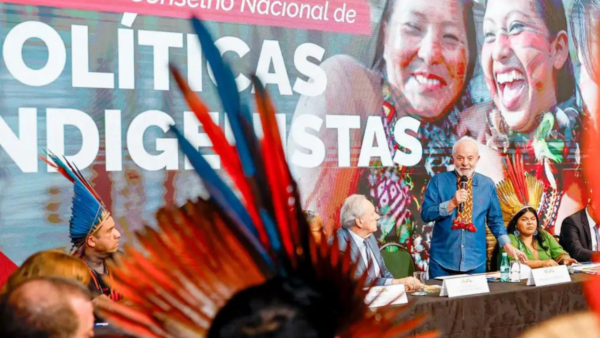Whether you’re in the U.S., Europe, or Asia – any bar worth its salt will serve a caipirinha, the trademark Brazilian mix of lime, sugar, ice… and cachaça. Today, the distilled spirit has become trendy, as people worldwide will embrace anything that carries the label “authentic” or “artisanal.” However, Brazil’s national spirit, made from sugarcane juice, went for decades, or centuries even, relegated to bottom-shelf status.
Due to its low production costs and cheap retail price, cachaça spent centuries as a marginalized drink, stereotyped as alcohol for the lower classes, unable to afford the more expensive whiskeys or vodkas imported from Europe and enjoyed by Brazil’s upper classes. In the last few decades, however, there is a movement underway to recoup cachaça’s value.
Despite its origins as a drink for the poor, cachaça is no longer necessarily cheap. Now, consumers can find posh cachaças with a variety of flavors; aged cachaças; even organic ones.
The branding makeover – which still has a long way to go, according to the Brazilian Cachaça Institute (Ibrac) – started back in the 1980s, as producers began working together to bring a better, more refined product to the market. And the Brazilian state helped in these efforts, especially with two initiatives: the creation, in 1997, of the Brazilian Program to Support Aguardente, Caninha, and Cachaça, and...


 Search
Search






































